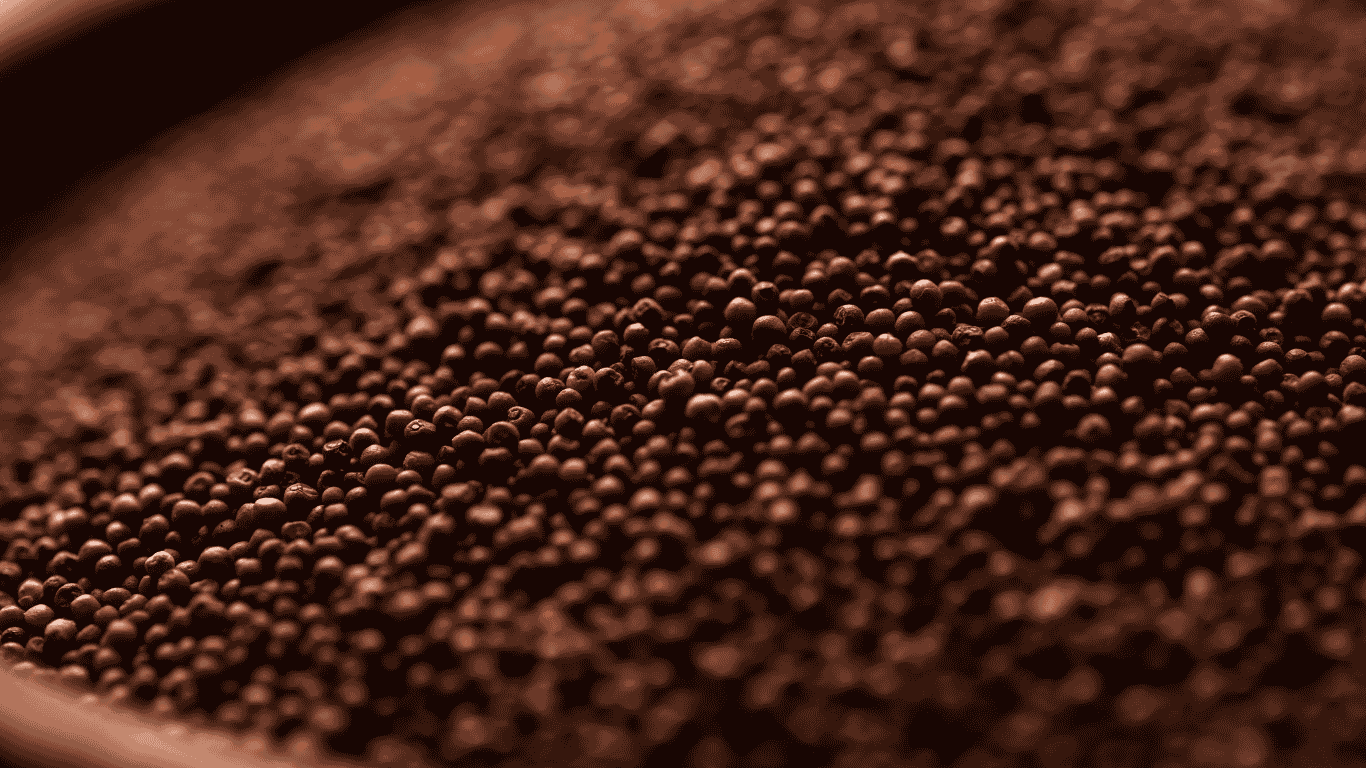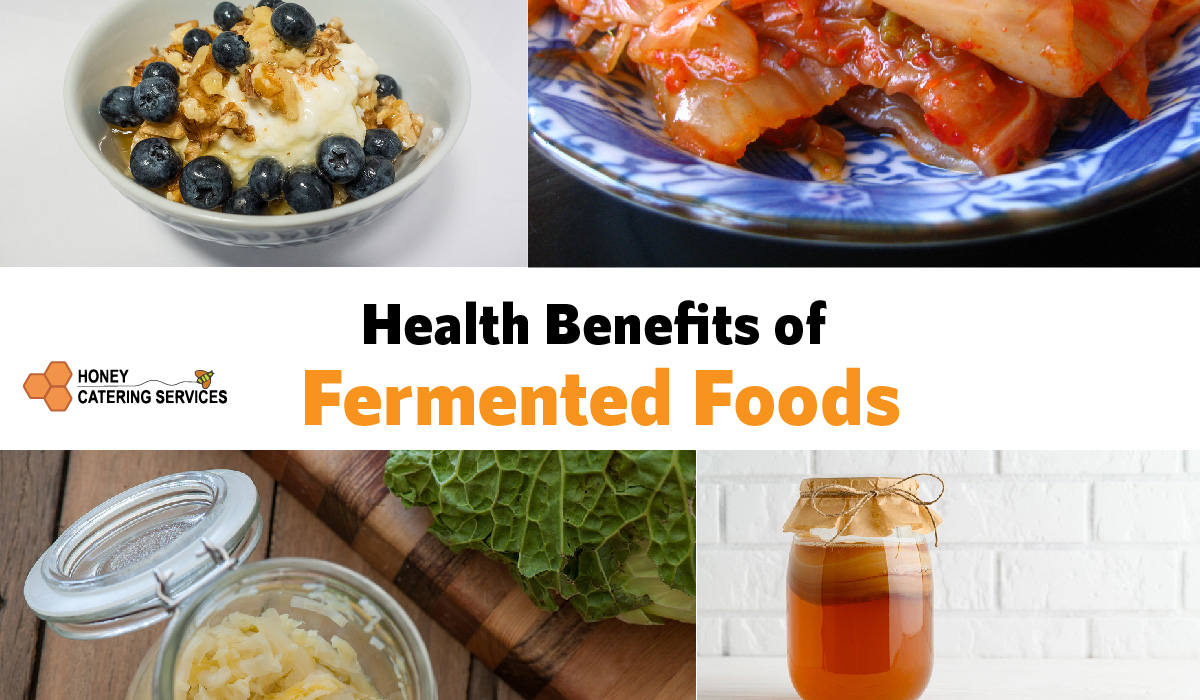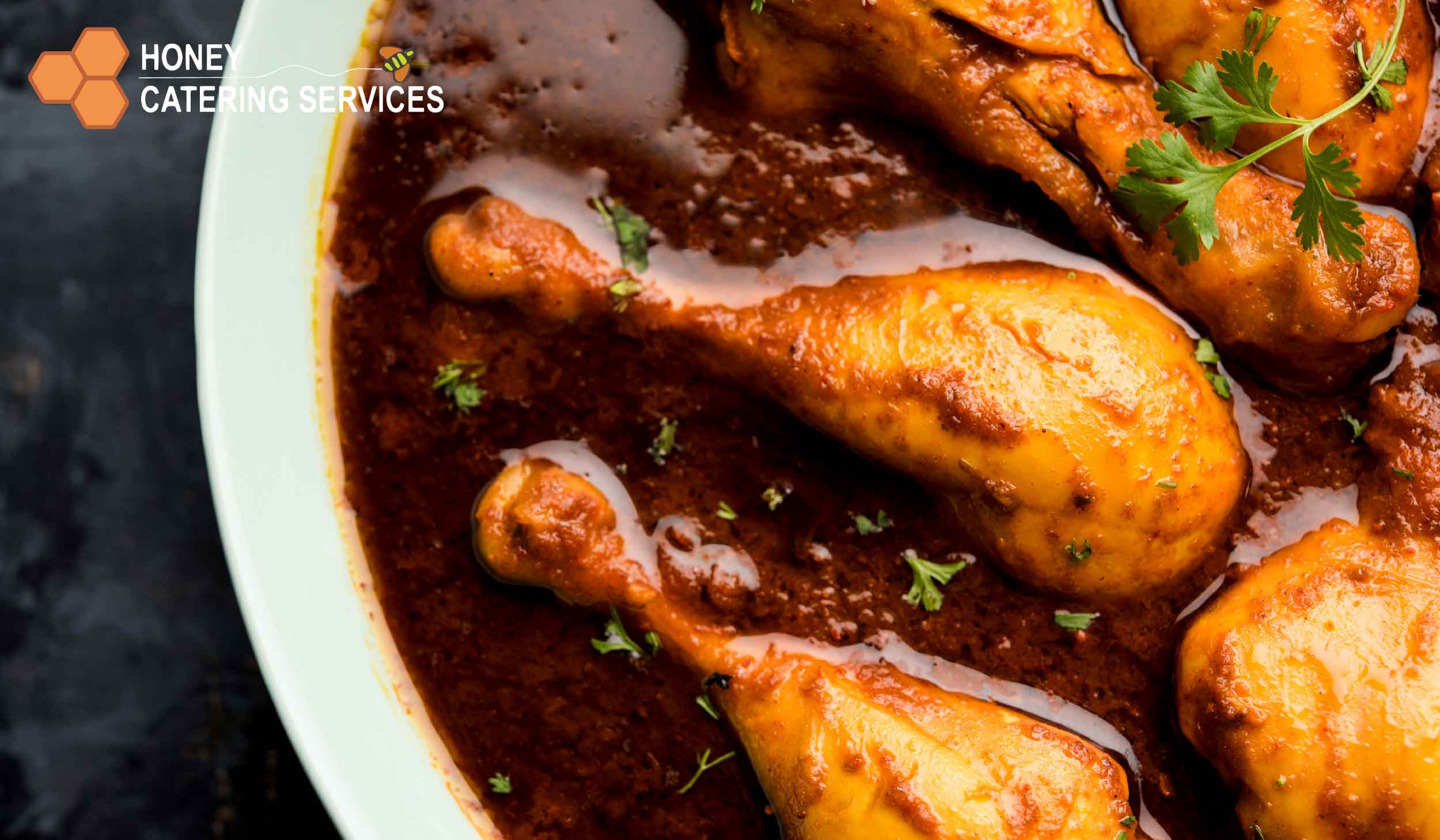Ragi, also known as finger millet or red millet, is one of the most powerful superfoods in India’s traditional diet. Ragi in tamil called Kezhvaragu, In Marathi as Nachani Raagi, and Ragi in Hindi called as Mandua, is packed with essential nutrients and offers numerous health benefits. It’s gluten-free, easy to digest, and incredibly versatile. In this blog, we’ll explore the top ragi benefits , health benefits its nutritional value, and why this humble grain—also known as red millet or organic finger millet—deserves a place in your daily meals.
What is Ragi?
(Ragi in English)
Ragi flour in English is called finger millet. It is a whole grain rich in calcium, iron, protein, and fiber. Available in both whole grain and flour form (ragi flour or finger millet flour), it is widely used in India and gaining global attention as a healthy, natural grain. Due to its health-boosting qualities, it is often used to make ragi malt, ragi koozh, ragi semiya, ragi roti, and ragi muddle (ragi kali, mudde), especially in South Indian and rural diets.
Top Health Benefits of Ragi

1. Rich in Calcium for Bone Health
Ragi contains 344 mg of calcium per 100g, making it one of the best plant-based sources of calcium. It strengthens bones and teeth, making it ideal for growing children and elderly adults.
Ragi benefits for female health include preventing osteoporosis during menopause due to its high calcium levels.
2. Excellent Source of Plant Protein
Ragi flour is a high-protein food with amino acids like methionine. This makes it great for vegetarians and vegans. Finger millet nutrition supports muscle repair and tissue development.
3. Controls Blood Sugar (Diabetes-Friendly)
The low glycemic index of ragi helps manage diabetes. It slows sugar absorption, making ragi recipes suitable for diabetic-friendly diets.
4. Improves Brain Function
Iron and folic acid in millet ragi improve brain oxygenation and cognitive function. This makes it a great food for students and elderly individuals alike.
5. Supports Heart Health
High in fiber and antioxidants, ragi helps reduce cholesterol, improves blood circulation, and regulates blood pressure.
6. Aids in Weight Loss
Ragi flour keeps you full longer due to its fiber content. This curbs cravings and improves digestion—ideal for those on a weight loss journey.
Ragi benefits for males include improved metabolism, stamina, and fat burning.
7. Improves Skin & Hair Health
Rich in antioxidants and essential amino acids, ragi benefits for skin include reducing premature aging, improving elasticity, and even promoting skin whitening naturally.
How to Use Ragi in Your Diet
Here are popular ragi recipes for every age group:
- Ragi koozh—a fermented porridge loved in Tamil homes
- Ragi semiya—healthy, gluten-free noodles
- Ragi muddle benefits (mudde)—energy-packed Karnataka staple
- Ragi malt—a nourishing breakfast drink
- Ragi roti—Great alternative to wheat rotis
- Ragi ganji—Ideal during hot days; aids hydration and digestion
You can also mix milk with ragi to enjoy milk with ragi benefits such as enhanced calcium absorption and improved gut health.
Popular Ragi Recipes and their Benefits
1. Ragi Malt (Sweet or Savory Kanji)

Best for: Breakfast or mid-morning drink
Ingredients:
- 2 tbsp ragi flour
- 1 cup water
- Jaggery or buttermilk
- Cardamom (for sweet) or salt + curry leaves (for savory)
Method:
- To form a smooth paste, combine ragi flour and water.
- Cook on medium heat until thickened.
- For sweet, add jaggery and cardamom.
- For savory: Cool and mix with buttermilk, salt, and crushed ginger.
Ragi Malt Benefits: Ragi malt is an energizing drink loaded with calcium and essential amino acids, perfect for strengthening bones and improving muscle recovery.
2. Ragi Cookies (Eggless)

Best for: Kids’ snack box or healthy treat
Ingredients:
- 1 cup ragi flour
- ¼ cup jaggery powder
- ¼ cup ghee or butter
- Pinch of cardamom
Method:
- Mix all ingredients to form a dough.
- Roll and shape into cookies.
- Bake at 180°C for 15–18 minutes.
3. Ragi Dosa

Best for: Diabetic-friendly breakfast
Ingredients:
- 1 cup ragi flour
- ½ cup rice flour
- Chopped onions, green chilies, curry leaves
- Salt, water
Method:
- Mix everything to make a thin batter.
- Pour like rava dosa on hot tawa.
- Drizzle oil and cook until crispy.
Ragi Dosa Benefits: Ragi dosa is a diabetic-friendly, low-calorie breakfast that’s rich in iron, fiber, and antioxidants—great for weight management and gut health.
4. Ragi Mudde (Ragi Balls)

Best for: Traditional South Indian lunch
Ingredients:
- 1 cup ragi flour
- 2 cups water
- Salt
Method:
- Boil water and salt, sprinkle ragi flour.
- Stir continuously until thick and lump-free.
- Shape into balls. Serve with sambar or spicy curry.
Ragi Muddle Benefits: Ragi Mudde is a wholesome, high-fiber meal that boosts stamina, strengthens bones, and keeps you full for longer—perfect for active lifestyles and traditional South Indian diets.
5. Ragi Semiya (Vermicelli Upma)

Best for: Quick breakfast or light dinner
Ingredients:
- Ragi semiya (soaked)
- Mustard, urad dal, curry leaves
- Chopped onion, carrot, green chili
Method:
- Temper spices and sauté veggies.
- Add soaked semiya, cook until soft.
- Garnish with grated coconut.
6. Ragi Porridge or Ragi Ganji for Babies (6+ Months)

Best for: Baby weaning food
Ingredients:
- 1 tbsp sprouted ragi flour
- ¾ cup water or milk
- Jaggery (optional)
Method:
- Mix flour and water. Boil while stirring
- Add jaggery for sweetness if needed.
- Cool and serve lukewarm.
Ragi Ganji benefits: Ragi Ganji is a nutritious and easily digestible drink that helps cool the body, supports gut health, and provides sustained energy—making it ideal for hot climates and recovery diets.
7. Ragi Pancakes (Sweet or Savory)

Best for: Healthy kids’ breakfast
Ingredients:
- ½ cup ragi flour
- 1 ripe banana (for sweet) or onion + spices (for savory)
- Baking soda, milk, cinnamon (optional)
Method:
- Mix ingredients into thick batter
- Pour on tawa and cook on both sides.
- Serve with honey or chutney.
8. Ragi Roti

Best for: Gluten-free meal
Ingredients:
- 1 cup ragi flour
- Chopped onions, coriander, grated carrot
- Green chilies, salt
Method:
- Mix all ingredients with warm water.
- Pat into flat circles on banana leaf or parchment.
- Cook on tawa till golden.
9. Ragi Banana Cake

Best for: Healthy dessert
Ingredients:
- 1 cup ragi flour
- 2 ripe bananas
- ¼ cup jaggery powde
- Baking powder, vanilla, milk
Method:
- Mash bananas, mix all ingredients
- Pour into greased tin
- Bake at 180°C for 25–30 mins.
10. Ragi Koozh (Fermented Porridge)

Best for: Summer cooling drink
Ingredients:
- Ragi flour
- Water, salt
- Buttermilk, green chili, shallots
Method:
- Make ragi porridge and ferment overnight.
- Next day, mix with buttermilk, salt, chopped onions, and green chilies.
- Serve chilled
Ragi Koozh benefits: Ragi koozh is a traditional fermented porridge that cools the body, improves digestion, and provides natural probiotics for gut health.
Sprouted Ragi Benefits Especially for Babies
Sprouted ragi benefits include better absorption of nutrients. It’s softer, more digestible, and ideal for babies. Sprouted ragi benefits for babies include improved bone growth, weight gain, and brain development.
Ragi Nutritional Value Per 100g
| Nutrients | Amount (Approx) |
| Energy | 336 kcal |
| Carbs | 72 g |
| Dietary fiber | 11 g |
| Protein | 7.3g |
| calcium | 344 mg |
| Iron | 3.9mg |
| Fat | 1.3g |
Ragi nutrition makes it a perfect food for all age groups. Choosing organic finger millet or organic finger millet flour ensures higher quality and better health benefits.
Who Should Eat Ragi?
- Babies & Children – For brain and bone development
- Women – To balance hormones and maintain bone strength
- Elderly – For diabetes control and bone health
- Fitness Enthusiasts – For protein and stamina
- Gluten-sensitive individuals – Ragi is naturally gluten-free
Are there any disadvantages of Eating Ragi
(When to Be Cautious)
While ragi is safe, ragi benefits and side effects are equal. When consuming it in excess, it may increase internal heat. Some individuals with kidney issues or those prone to kidney stones should consult a doctor, especially if consuming it frequently.
Balance is key. Drink plenty of water and pair ragi with cooling foods like buttermilk, curd, or fruits during summer.
The Takeaway: Ragi Benefits You Shouldn’t Ignore
Ragi, a powerhouse among millets, offers a wide range of health advantages for everyone, especially women. Among the top ragi benefits for females are improved bone strength, hormonal balance, and iron-rich nutrition that supports reproductive health. Overall, the wide-ranging ragi benefits for health make it an essential part of a balanced, nutritious lifestyle.
The health benefits of ragi are impressive, making it a super grain with deep roots in Indian tradition. From strengthening bones to improving heart and skin health, ragi is a smart choice for holistic well-being.
Whether you enjoy it as ragi malt, ragi koozh, or ragi roti, this humble millet is packed with the nutrition your body craves. Opt for organic finger millet flour for the best quality, and enjoy its many benefits one delicious meal at a time.
Also read:
If you’re exploring the world of millets for a healthier lifestyle, don’t stop with just ragi. Other traditional grains like kollu (horsegram), known for aiding weight loss and digestion, varagu (kodo millet), packed with dietary fiber and ideal for diabetics, and thinai arisi (foxtail millet), a great source of protein and iron, are equally nutritious additions to your daily diet. Each millet has its unique benefits and can be included in various Indian recipes for a wholesome meal plan.



